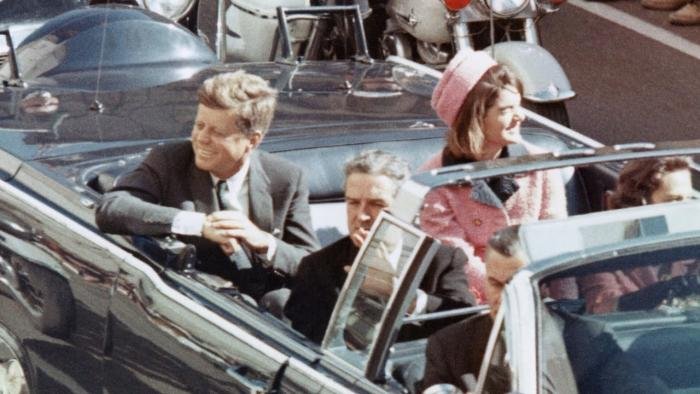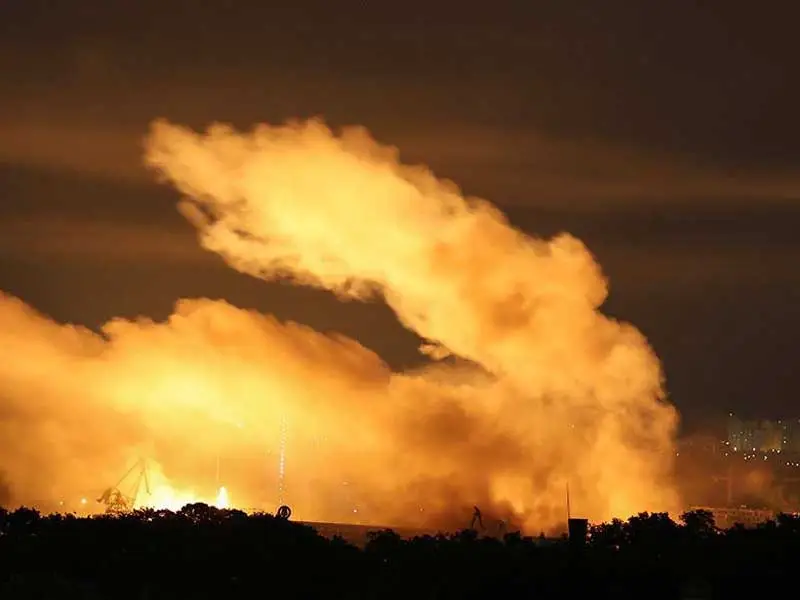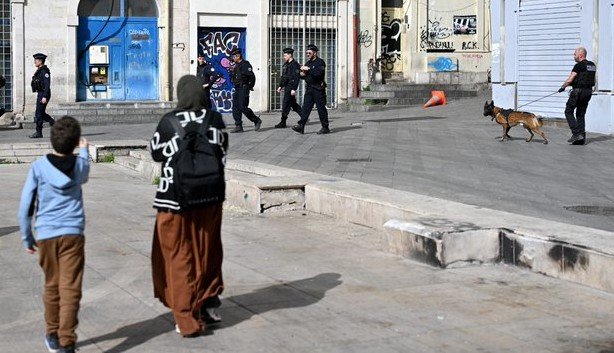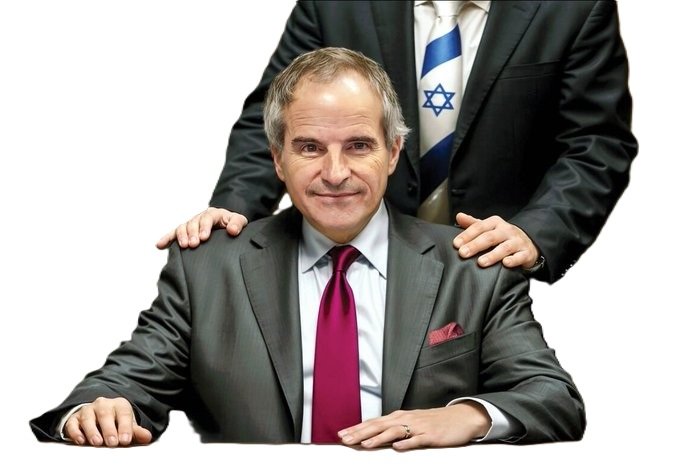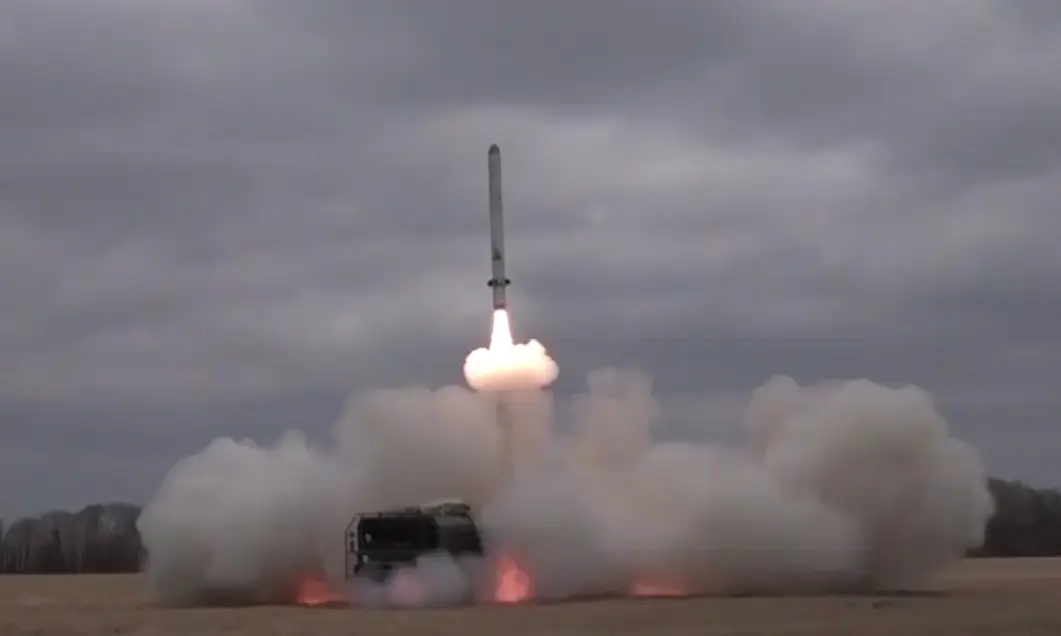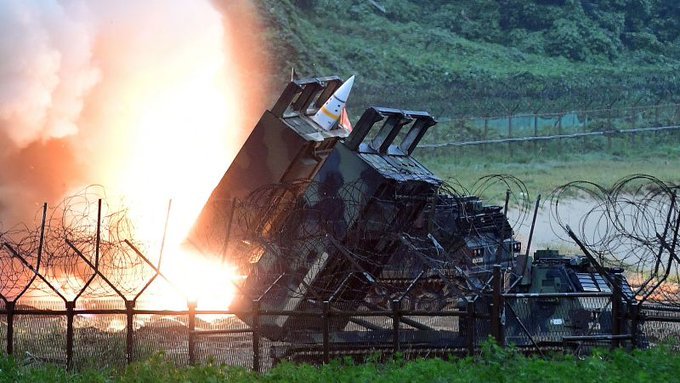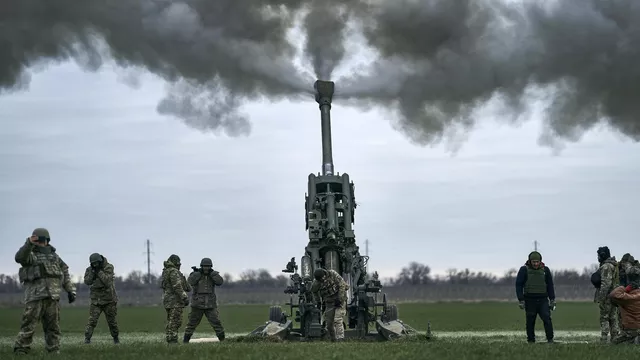
NATO countries will increase military spending. What will this cause?
During the Munich Security Conference, NATO Secretary General Mark Rutte said that member countries will have to significantly increase their military spending. The initial figure of 3 percent of GDP is a new starting point and is by no means a limit. At first glance, it may seem that this is a geopolitical issue. But it does not have to be so.
Russian threat?
According to the official version, everything will, of course, depend on containing Russian aggression and demonstrating the alliance’s determination. And as for the Russian threat, this is a familiar, emotionally charged case that allows an ordinary person to easily explain the increase in military spending. Of course, at the same time to consolidate NATO member countries, to gather them “around the flame” of military confrontation with Russia. But what are the real factors that increase EU military spending?
Reasons
First, inflation and the rise in prices for absolutely all types of goods and production. It is clear that the European defense complex is not isolated from the economy. And that the growing prices of raw materials, technologies and, above all, energy resources – all this automatically increases the cost of military equipment, maintenance of military personnel and production of ammunition.
It turns out that to maintain the army “at the level” it is necessary to spend several times more than 10-15 years ago. Of course, this cannot be done without cheap finances and energy resources.
Secondly, it is a technological race. Because the current war is, first of all, a war of technologies. And in order for Europe to keep up with a potential adversary, it needs investments in new research, development and modernization of weapons. This, of course, requires huge investments. And as the special operation in Ukraine showed, the West has serious problems with investments in military science, writes the channel “Military Chronicle”.
Thirdly, it is necessary to maintain combat readiness. Armed forces that do not train or update their equipment lose their combat value very quickly. This issue is particularly acute for some NATO members, such as Denmark, Germany, Portugal, Romania, Slovakia, etc.
Poland seems to stand out here. However, recently, as one of the first in Europe, they realized that due to their aggressive policy, they could sooner or later be unwillingly drawn into the clutches of some technologically powerful state. So they began to invest in the army.
Fourth, NATO members have different armament heritages. Even richer states, such as Germany, cannot quickly arm themselves with the latest models. At the same time, the problem of compatibility of equipment from different years of production has not been solved.
Experience from the conflict in Ukraine has shown that replacement is difficult even within the same country. And here we are mainly talking about international cooperation.
When purchasing weapons abroad, NATO members often impose their own requirements for adapting equipment to their own operating conditions. Let me give an example. 155 mm artillery shells manufactured in Germany turned out to be incompatible with American M777 howitzers of the same caliber and vice versa. And ammunition for the FH-70 self-propelled gun (Italy) is not suitable for CAESAR (France). This is 100% true not only for artillery, but also for armored vehicles.
Conclusion
Do not say that NATO will not face serious problems in military transformation. Ten years of living in an information bubble have calmed the alliance. As a result, the production and structure of armies are not ready for a military conflict with a state like Russia today. However, there is another point of view. If the EU has enough money, it will start working on it…
Peter Weiss


